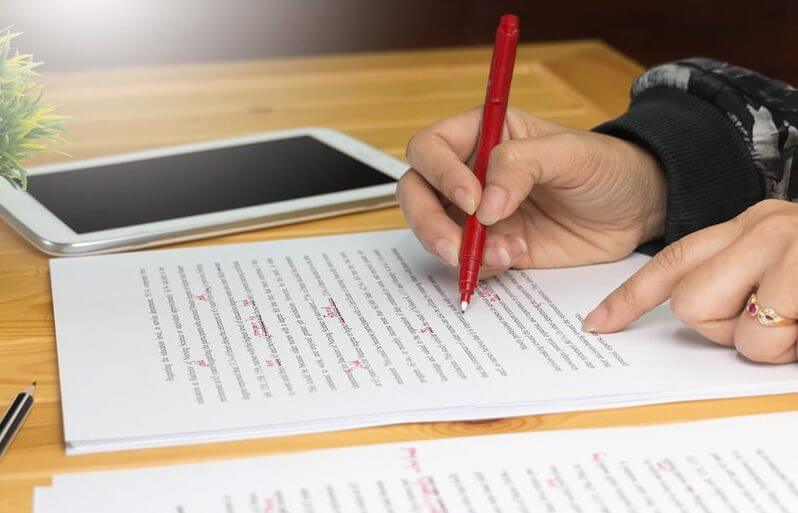What is the Proofreader’s Role in Translation?

There are two important steps involved in ensuring translation quality. These are the editing phase and the proofreading phase. Both come at the end of a translation task and should never be scrimped on.
Editing may be done by the translator or someone else working at the same translation service. Normally, if the translator is a freelancer, he or she will do all the editing and proofreading without additional help. If the translator is part of a larger translation agency or company, then there may be a division of labour which relieves the main translator from being completely responsible for everything that has been translated.
The Difference between Editing and Proofreading
During the editing phase of a translation task, the text is checked for the flow of language. The editor’s role is to check that the language used in the translated version is suitable for the intended reader or readers. Particularly if the document is a medical document it is vital that the document is scanned by the editor to make sure that the medical terminology used is accurate and is relevant to the people or medical personnel that will read the text.
The editor may need to adapt the language used to suit a particular user group. This means that the editing phase is also a localisation project. Localisation is less relevant for scientific and medical text translations because these tend to use the standard language used in a country rather than any of its regional dialects. Medical texts, after all, do not use slang or colloquialisms like may be used in a marketing message or in literary translations.
Proofreading is what is done after editing. There may be one or more proofreaders. The techniques used in proofreading may vary from translation service to translation service or from proofreader to proofreader. Sometimes, all it takes is for someone else to read through the translator’s copy to discover typos, spelling mistakes and grammatical errors. These are the things that the proofreader checks for. The most basic of all proofreading tools is a spellchecking or grammar checking online tool, but these have their limitations. It is always preferable to have a human proofreader rather than rely on a computer-aided proofreading tool.
Techniques may involve reading through the text more than once, reading from right to left, or from the end of the document backwards, or by reading the text out loud.
Good translators make sure they spend time editing and proofreading what they have translated. Better translation quality might mean the price of the translation goes up a little but is well worth it!
